Home>Construction & Tools>Building Materials>What Is The Specific Heat Capacity Of Brick
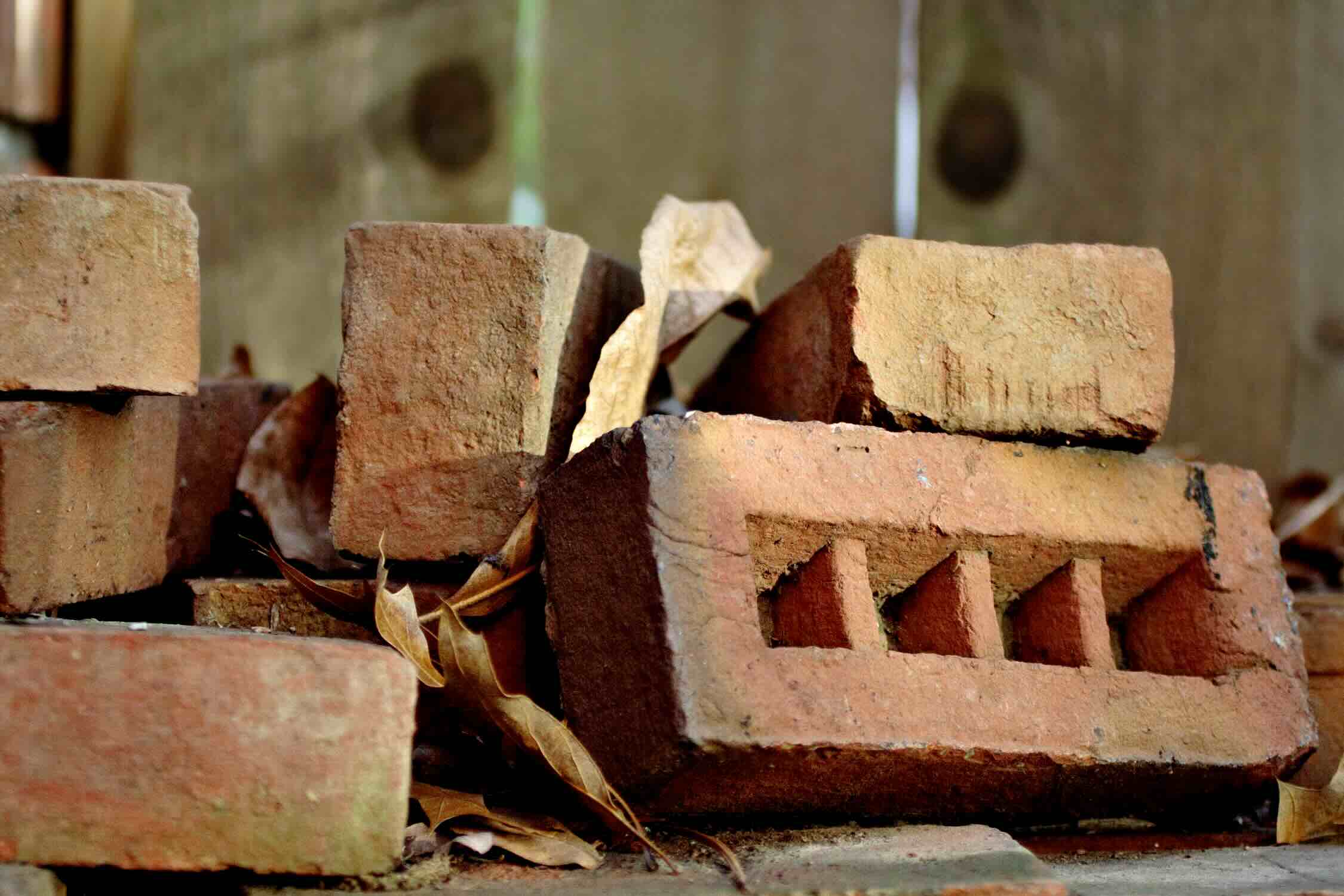

Building Materials
What Is The Specific Heat Capacity Of Brick
Published: January 23, 2024
Learn about the specific heat capacity of brick, a crucial property in building materials. Understand how it affects the thermal performance of structures.
(Many of the links in this article redirect to a specific reviewed product. Your purchase of these products through affiliate links helps to generate commission for Storables.com, at no extra cost. Learn more)
Introduction
Welcome to the fascinating world of building materials, where the seemingly ordinary elements of construction possess extraordinary properties. In this article, we embark on a journey to unravel the mysteries of specific heat capacity, particularly in the context of one of the most fundamental and enduring building materials: brick.
Building materials are the unsung heroes of construction, quietly bearing the weight of structures and safeguarding inhabitants against the whims of nature. Among these, brick stands as a timeless symbol of resilience and reliability, adorning edifices with its sturdy presence for centuries. However, beyond its stoic facade lies a world of scientific intricacies, and specific heat capacity is a key player in this realm.
As we delve into the realm of specific heat capacity, we will uncover its significance in the context of construction materials, with a particular focus on brick. We will explore the definition of specific heat capacity, its importance in the construction industry, factors influencing the specific heat capacity of brick, methods for measuring this property, and the implications of these findings.
Join us as we unravel the secrets of specific heat capacity and its profound impact on the thermal behavior of brick, shedding light on the remarkable synergy between science and construction.
Key Takeaways:
- Brick’s ability to store and release heat impacts building comfort and energy efficiency, making it a crucial element in sustainable construction and climate adaptation.
- Factors like composition, moisture, and temperature affect brick’s heat capacity, highlighting the intricate science behind its thermal behavior and its role in shaping resilient, occupant-friendly buildings.
Read more: How Long To Heat Up A Brick Oven
Definition of Specific Heat Capacity
Specific heat capacity, often referred to simply as specific heat, is a fundamental thermodynamic property that characterizes the amount of heat required to raise the temperature of a unit mass of a substance by one degree Celsius (or Kelvin). Expressed in joules per kilogram per degree Celsius (J/kg°C) or in British thermal units per pound per degree Fahrenheit (Btu/lb°F), specific heat capacity is a crucial parameter for understanding the thermal behavior of materials.
At its core, specific heat capacity reflects a material’s ability to store and release thermal energy. It serves as a measure of the substance’s responsiveness to temperature changes, illustrating the amount of heat energy needed to alter its temperature. This property plays a pivotal role in determining the thermal performance of materials in various applications, including construction.
For building materials like brick, specific heat capacity influences the material’s capacity to retain and dissipate heat, thereby impacting the thermal stability and energy efficiency of structures. Understanding the specific heat capacity of brick is essential for designing buildings that effectively regulate internal temperatures, enhance comfort, and minimize energy consumption.
As we navigate the intricate landscape of specific heat capacity, we uncover the profound implications of this property on the behavior of brick and its role in shaping the thermal dynamics of construction materials.
Importance of Specific Heat Capacity in Construction Materials
The significance of specific heat capacity in construction materials transcends mere scientific curiosity, as it directly influences the thermal performance and energy efficiency of buildings. In the realm of construction, the ability of materials to effectively store, transmit, and release heat is pivotal for maintaining comfortable indoor environments and optimizing energy usage. The following are key aspects that underscore the importance of specific heat capacity in construction materials:
- Thermal Regulation: Specific heat capacity plays a crucial role in the thermal inertia of building materials. Materials with higher specific heat capacities exhibit greater thermal mass, enabling them to absorb and store significant amounts of heat energy. This thermal mass helps stabilize indoor temperatures by moderating fluctuations, thereby reducing the reliance on heating and cooling systems.
- Energy Efficiency: By leveraging the thermal storage capabilities of materials with high specific heat capacities, buildings can minimize temperature variations and reduce the need for mechanical heating and cooling. This leads to enhanced energy efficiency and lower operational costs, aligning with sustainable construction practices and environmental conservation.
- Comfort and Well-being: The thermal behavior of construction materials, influenced by specific heat capacity, directly impacts the comfort and well-being of building occupants. Materials that effectively moderate temperature changes contribute to a more stable and pleasant indoor environment, fostering occupant satisfaction and productivity.
- Passive Design Strategies: Specific heat capacity is integral to the implementation of passive design strategies, where the inherent thermal properties of materials are harnessed to optimize building performance. By strategically incorporating materials with suitable specific heat capacities, architects and engineers can design structures that capitalize on natural heating and cooling processes, reducing reliance on mechanical systems.
- Climate Adaptation: In regions characterized by temperature extremes, specific heat capacity assumes heightened importance in construction materials. By selecting materials with appropriate thermal mass and specific heat capacities, buildings can better withstand climatic variations, contributing to resilience and adaptability in the face of environmental challenges.
As we navigate the intricate landscape of specific heat capacity in construction materials, it becomes evident that this property is not merely a technical parameter, but a cornerstone of sustainable, resilient, and occupant-centric building design.
Factors Affecting the Specific Heat Capacity of Brick
The specific heat capacity of brick, a cornerstone of construction, is influenced by a myriad of factors that shape its thermal behavior and performance. Understanding these influential elements is essential for comprehending the diverse thermal characteristics exhibited by different types of brick and optimizing their utilization in building design and construction. The following factors significantly impact the specific heat capacity of brick:
- Composition and Density: The chemical composition and density of brick profoundly influence its specific heat capacity. Bricks crafted from diverse materials, such as clay, shale, or concrete, exhibit varying specific heat capacities due to their unique compositions. Additionally, the density of the brick, determined by factors like porosity and manufacturing processes, directly impacts its thermal mass and heat storage capabilities.
- Moisture Content: The moisture content of brick plays a pivotal role in determining its specific heat capacity. Moisture-laden bricks possess altered thermal properties compared to dry bricks, as water has a distinct heat capacity and affects the overall thermal behavior of the material. Changes in moisture content due to environmental conditions can consequently impact the specific heat capacity of brick.
- Temperature and Thermal History: The specific heat capacity of brick is influenced by temperature variations and its thermal history. As brick is subjected to heating and cooling cycles, its specific heat capacity may exhibit changes, especially at extreme temperatures. Thermal aging and exposure to environmental conditions can also impact the thermal performance of brick over time.
- Surface Treatments and Coatings: Surface treatments and coatings applied to brick can alter its thermal properties, subsequently affecting its specific heat capacity. Coatings designed to enhance insulation or modify the surface characteristics of brick may introduce variations in its heat storage and release capabilities, thus impacting its specific heat capacity.
- Structural Configuration and Bonding: The arrangement and bonding of bricks within construction elements, such as walls and floors, can influence the effective specific heat capacity of the assembly. Factors like mortar type, joint thickness, and overall structural design can impact the thermal mass and heat transfer characteristics of brick constructions.
By comprehensively examining the diverse factors that shape the specific heat capacity of brick, we gain valuable insights into the intricate interplay of material properties and environmental dynamics, paving the way for informed decision-making in construction and architectural endeavors.
The specific heat capacity of brick is around 0.84 J/g°C. This means it takes 0.84 joules of energy to raise the temperature of 1 gram of brick by 1 degree Celsius.
Methods for Measuring the Specific Heat Capacity of Brick
The accurate determination of the specific heat capacity of brick is essential for understanding its thermal behavior and optimizing its application in construction. Various experimental methods and analytical approaches are employed to measure the specific heat capacity of brick, each offering unique insights into the material’s thermal properties. The following are key methods utilized for this purpose:
- Differential Scanning Calorimetry (DSC): DSC is a widely employed technique for determining the specific heat capacity of materials, including brick. In this method, the heat flow into a sample and a reference material is measured as a function of temperature, allowing for the precise determination of specific heat capacity over a range of temperatures. DSC enables the characterization of phase transitions and thermal behavior, providing valuable data for assessing the specific heat capacity of brick.
- Heat Flow Meter Apparatus: The heat flow meter apparatus is utilized to measure the thermal conductivity and specific heat capacity of building materials, including brick. By subjecting the sample to controlled temperature differentials and monitoring heat flow, this method facilitates the determination of specific heat capacity based on thermal conductivity and heat storage properties.
- Calorimetry Techniques: Calorimetry techniques, such as heat flux sensors and transient methods, are employed to measure the specific heat capacity of brick samples. These techniques involve the precise measurement of heat transfer and temperature changes in the material, enabling the calculation of specific heat capacity based on thermal response and energy input.
- Thermal Analysis Instruments: Instruments like thermogravimetric analyzers and thermal conductivity meters are utilized for assessing the specific heat capacity of brick through thermal analysis. By subjecting the sample to controlled thermal conditions and analyzing its response, these instruments provide valuable data for characterizing the specific heat capacity and thermal behavior of brick.
- Numerical Modeling and Simulation: Computational methods, including finite element analysis and numerical simulations, are employed to predict the specific heat capacity of brick based on material properties and thermal dynamics. By modeling heat transfer and thermal behavior, these approaches offer insights into the specific heat capacity of brick under diverse conditions and configurations.
By leveraging these diverse methods for measuring the specific heat capacity of brick, researchers and practitioners gain a comprehensive understanding of its thermal characteristics, enabling informed decision-making in construction and material selection.
Read more: What Is A Brick
Results and Discussion
The exploration of specific heat capacity in the context of brick has yielded profound insights into the thermal dynamics and performance of this enduring construction material. Through experimental measurements and analytical approaches, the specific heat capacity of brick has been elucidated, shedding light on its thermal behavior and potential implications for building design and energy efficiency.
The results of specific heat capacity measurements have unveiled the diverse thermal characteristics exhibited by different types of brick, reflecting the influence of factors such as composition, density, and moisture content. These findings underscore the significance of specific heat capacity in shaping the thermal mass and heat storage capabilities of brick, highlighting its potential for enhancing thermal stability and energy efficiency in buildings.
Furthermore, the discussion surrounding the specific heat capacity of brick has underscored its pivotal role in passive design strategies and sustainable construction practices. By leveraging the thermal inertia and heat storage properties of brick, architects and engineers can devise building solutions that capitalize on natural heating and cooling processes, reducing reliance on mechanical systems and fostering environmentally conscious design.
Moreover, the implications of specific heat capacity in brick extend to climate adaptation and resilience, where the material’s ability to moderate temperature variations contributes to the robustness of structures in diverse environmental conditions. The discussion has revealed the potential for utilizing brick with suitable specific heat capacities to enhance the thermal performance and adaptability of buildings in regions prone to temperature extremes.
As we assimilate the results and engage in insightful discussions regarding the specific heat capacity of brick, it becomes evident that this property transcends mere scientific curiosity, emerging as a cornerstone of sustainable, resilient, and occupant-centric building design. The interplay of specific heat capacity with thermal regulation, energy efficiency, and passive design strategies underscores its pivotal role in shaping the future of construction, offering avenues for innovation and environmental stewardship.
By embracing the implications of specific heat capacity in brick, we embark on a journey towards a more sustainable and thermally optimized built environment, where the humble brick stands as a testament to the profound synergy between science, construction, and human well-being.
Conclusion
In the realm of construction materials, the specific heat capacity of brick emerges as a pivotal parameter with far-reaching implications for building design, energy efficiency, and occupant comfort. Through our exploration of this fundamental property, we have unraveled the intricate thermal dynamics of brick, shedding light on its capacity to store, transmit, and regulate heat within the built environment.
The significance of specific heat capacity in construction materials, particularly in the context of brick, transcends mere scientific inquiry, extending to tangible benefits in sustainable building practices and climate adaptation. By understanding and harnessing the thermal mass and heat storage capabilities of brick, architects, engineers, and builders can craft structures that embody resilience, energy efficiency, and occupant well-being.
From the diverse factors influencing the specific heat capacity of brick to the methods for its precise measurement, our journey has unveiled the multifaceted nature of this property and its potential for shaping the future of construction. The thermal stability, energy efficiency, and passive design opportunities offered by materials with suitable specific heat capacities underscore their pivotal role in sustainable and occupant-centric building design.
As we conclude our exploration, it is evident that the specific heat capacity of brick stands as a testament to the profound synergy between scientific principles and the art of construction. By integrating the insights gleaned from this endeavor, we embark on a path towards a more thermally optimized, resilient, and sustainable built environment, where the humble brick takes on a transformative role in shaping the spaces we inhabit.
In essence, the specific heat capacity of brick transcends its scientific definition, emerging as a cornerstone of innovation, sustainability, and human-centric design in the ever-evolving landscape of construction and architecture.
Frequently Asked Questions about What Is The Specific Heat Capacity Of Brick
Was this page helpful?
At Storables.com, we guarantee accurate and reliable information. Our content, validated by Expert Board Contributors, is crafted following stringent Editorial Policies. We're committed to providing you with well-researched, expert-backed insights for all your informational needs.


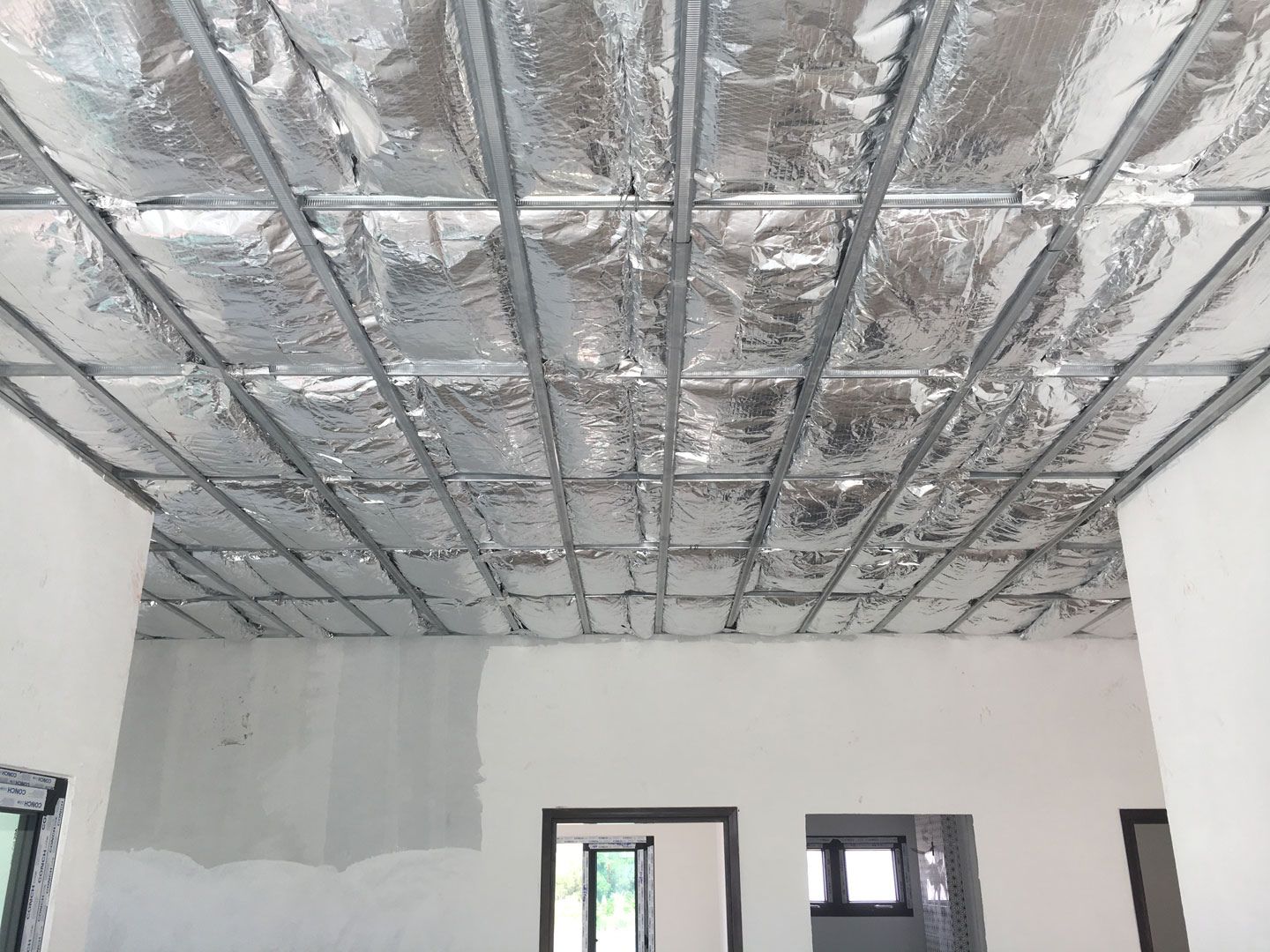
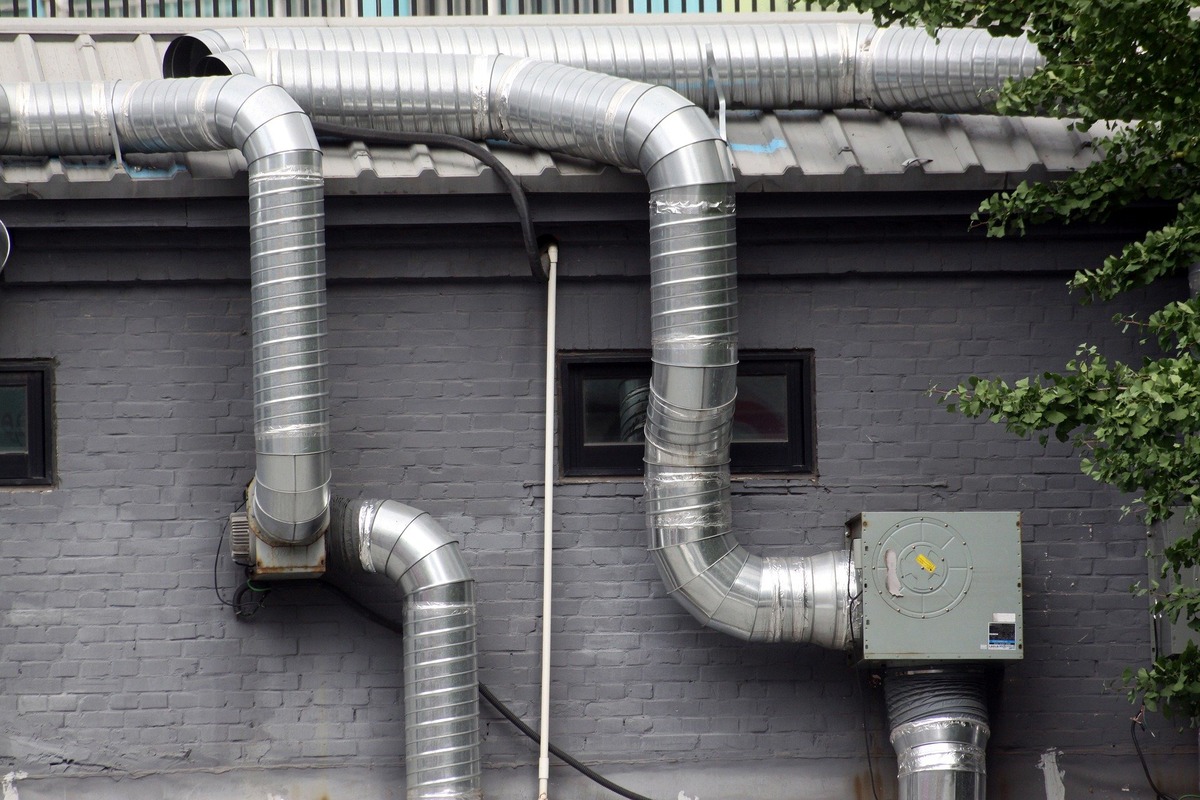
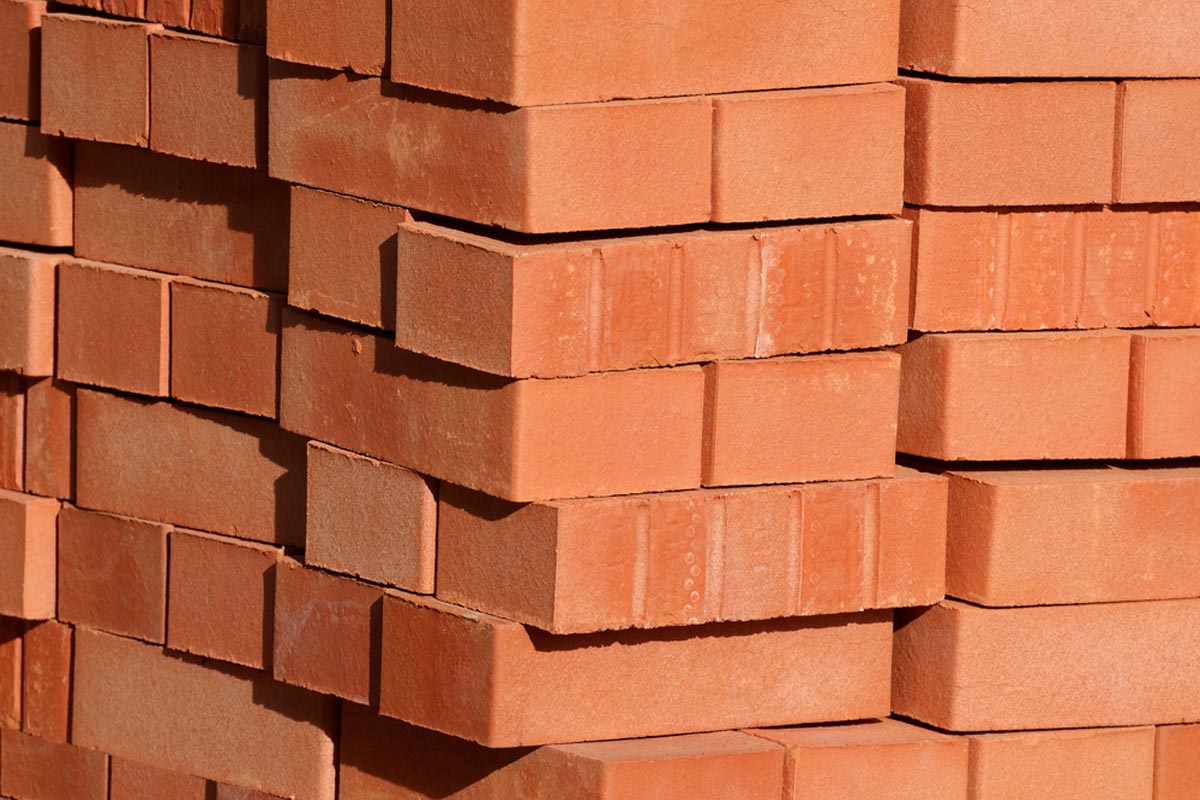

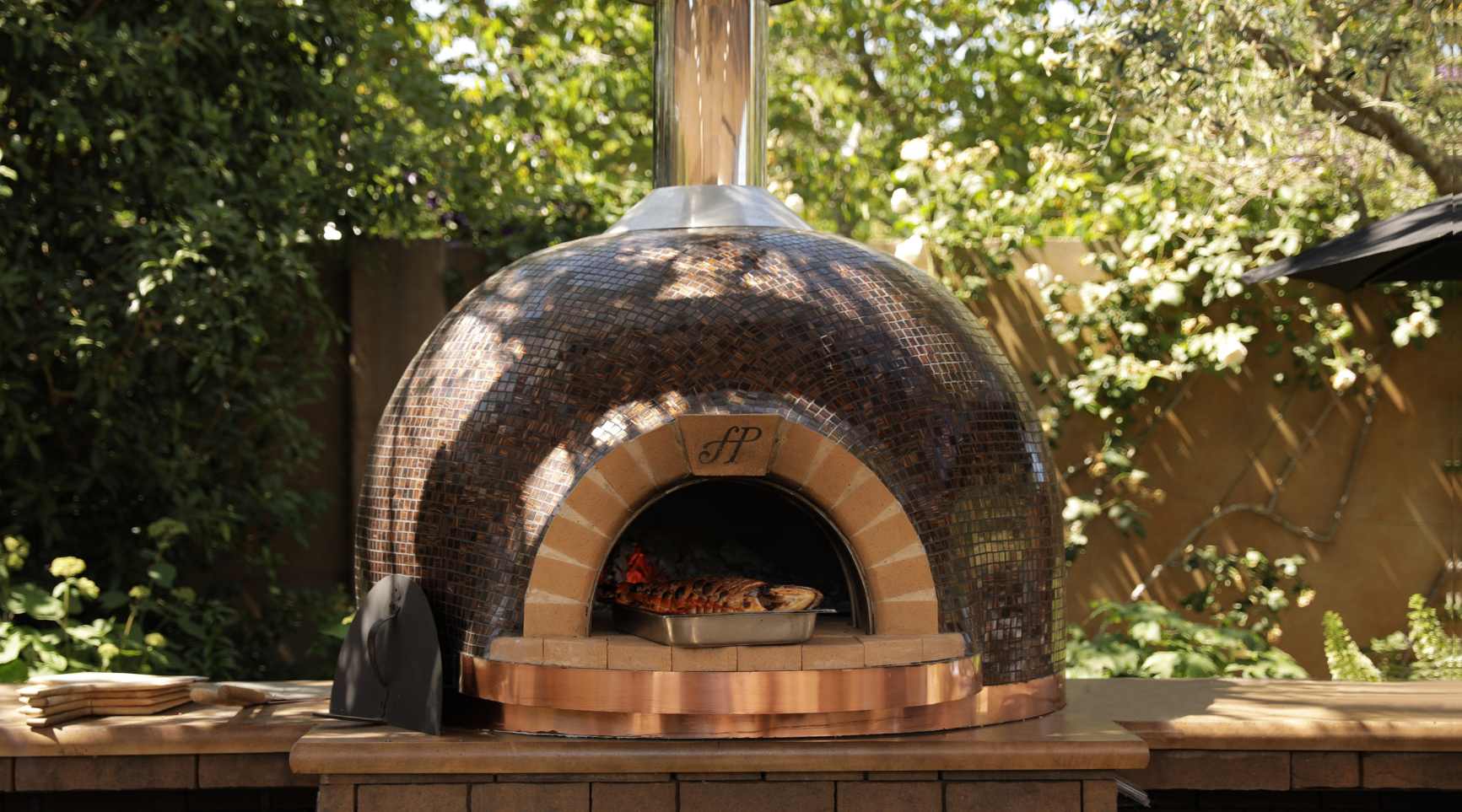
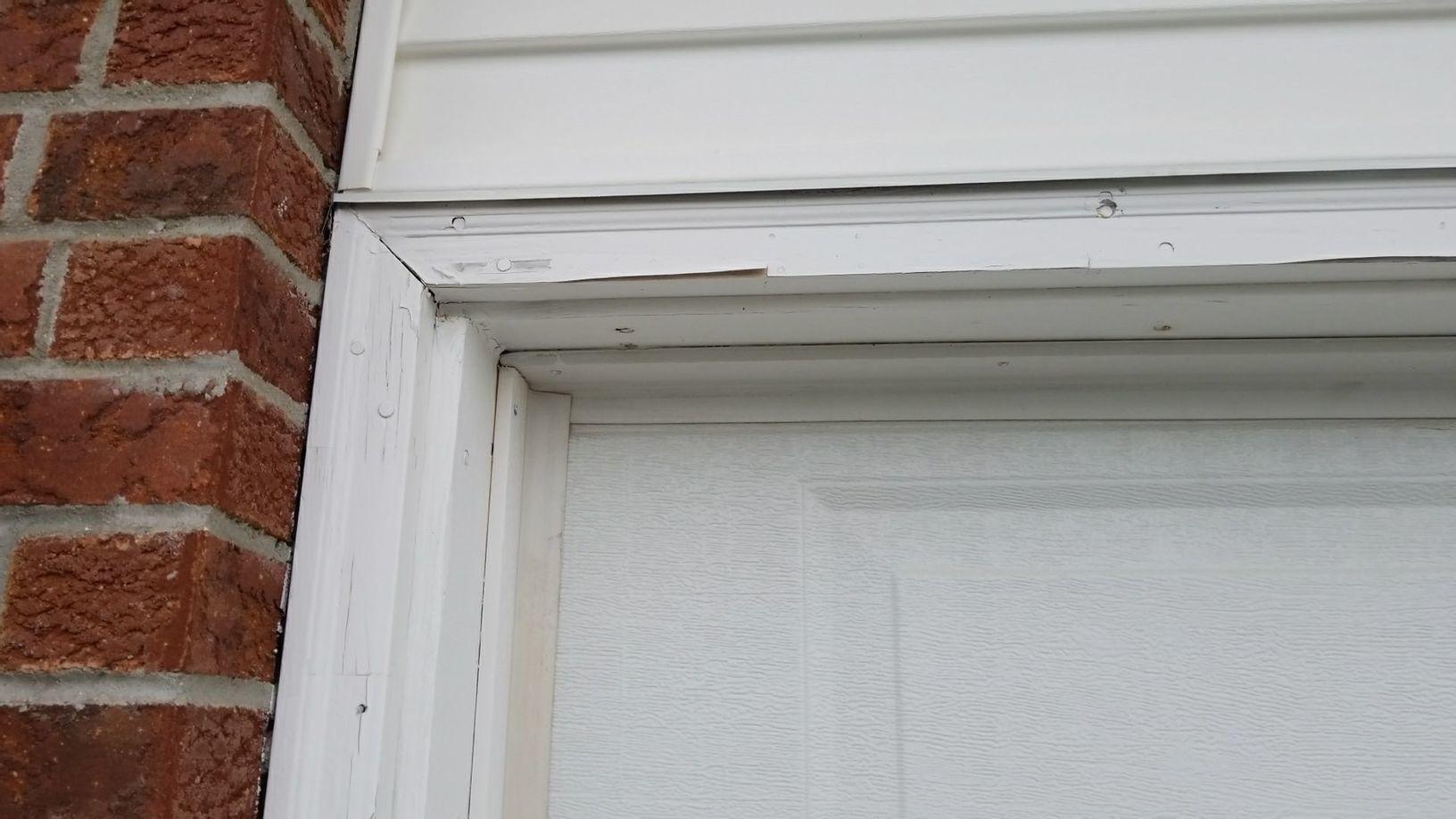


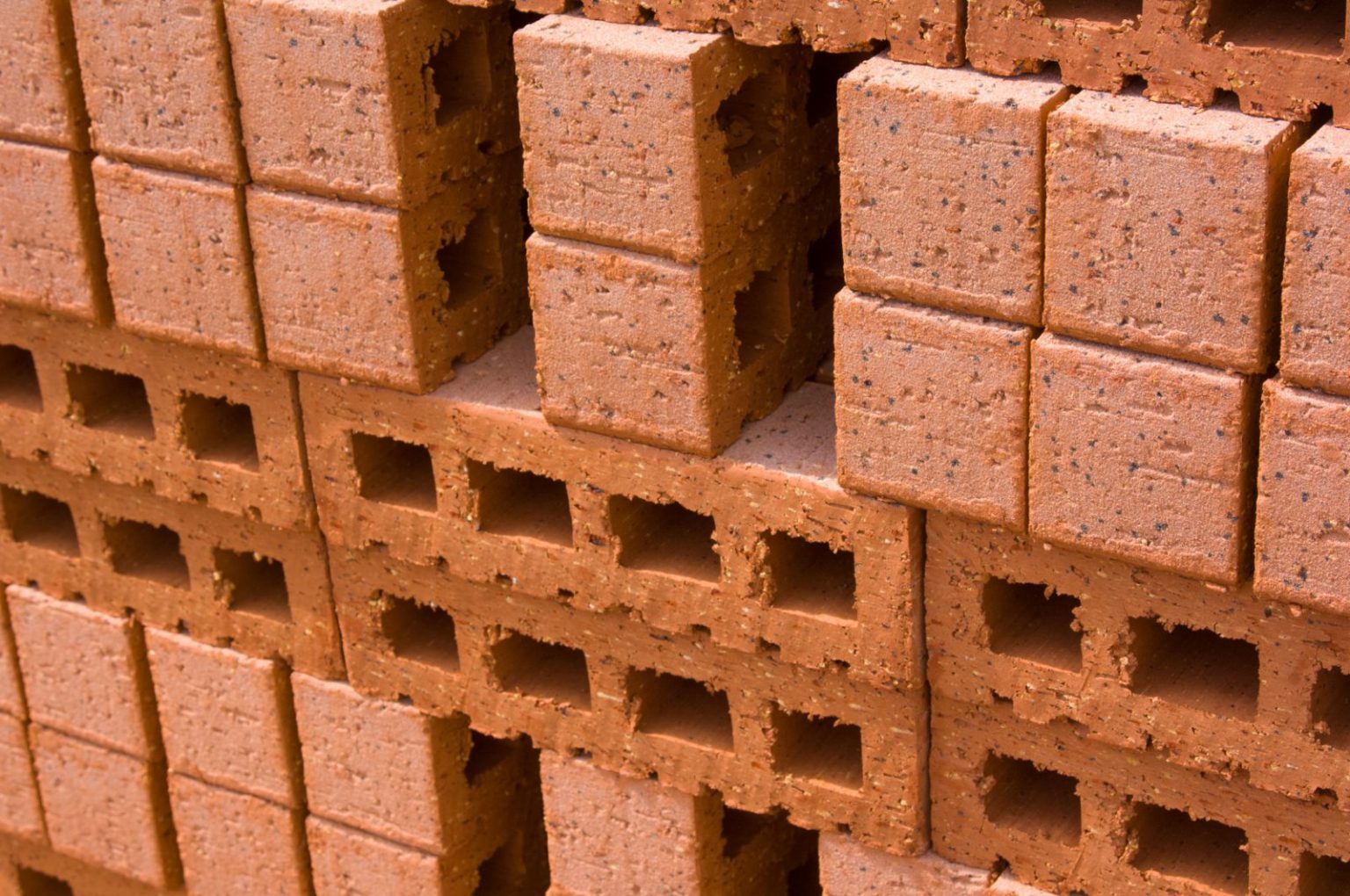
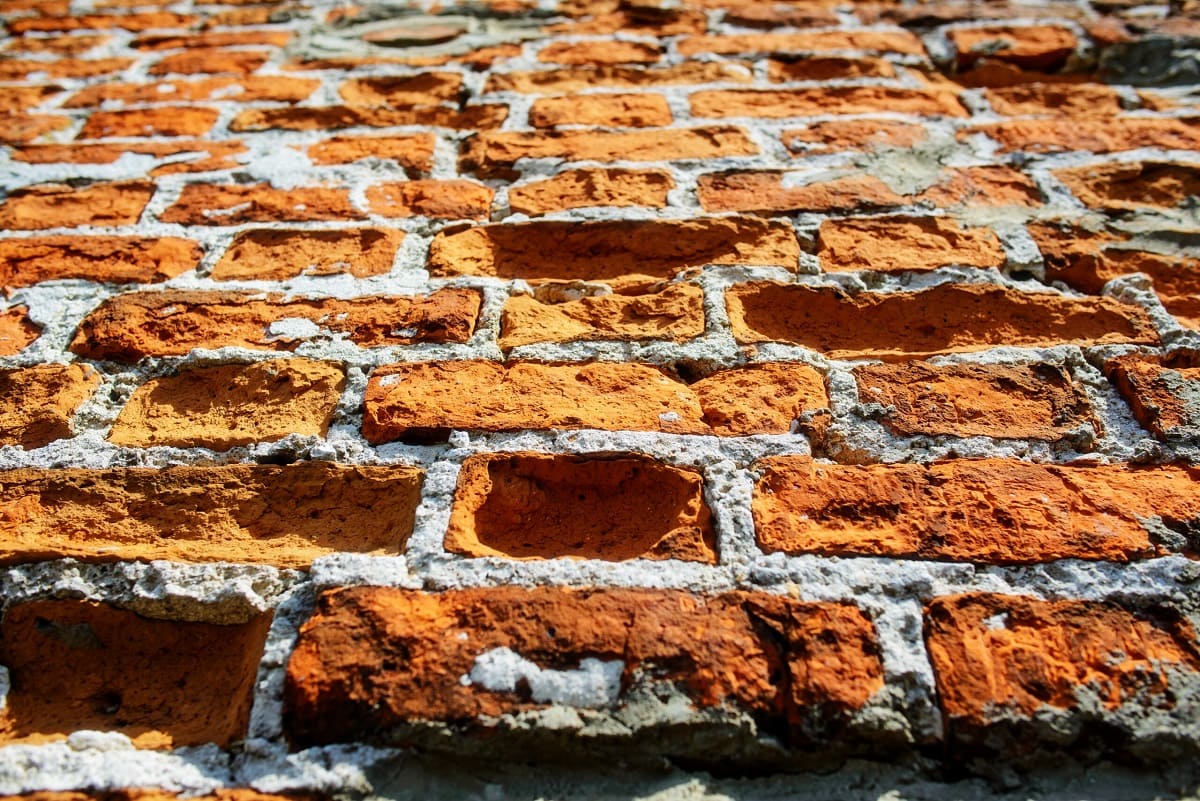
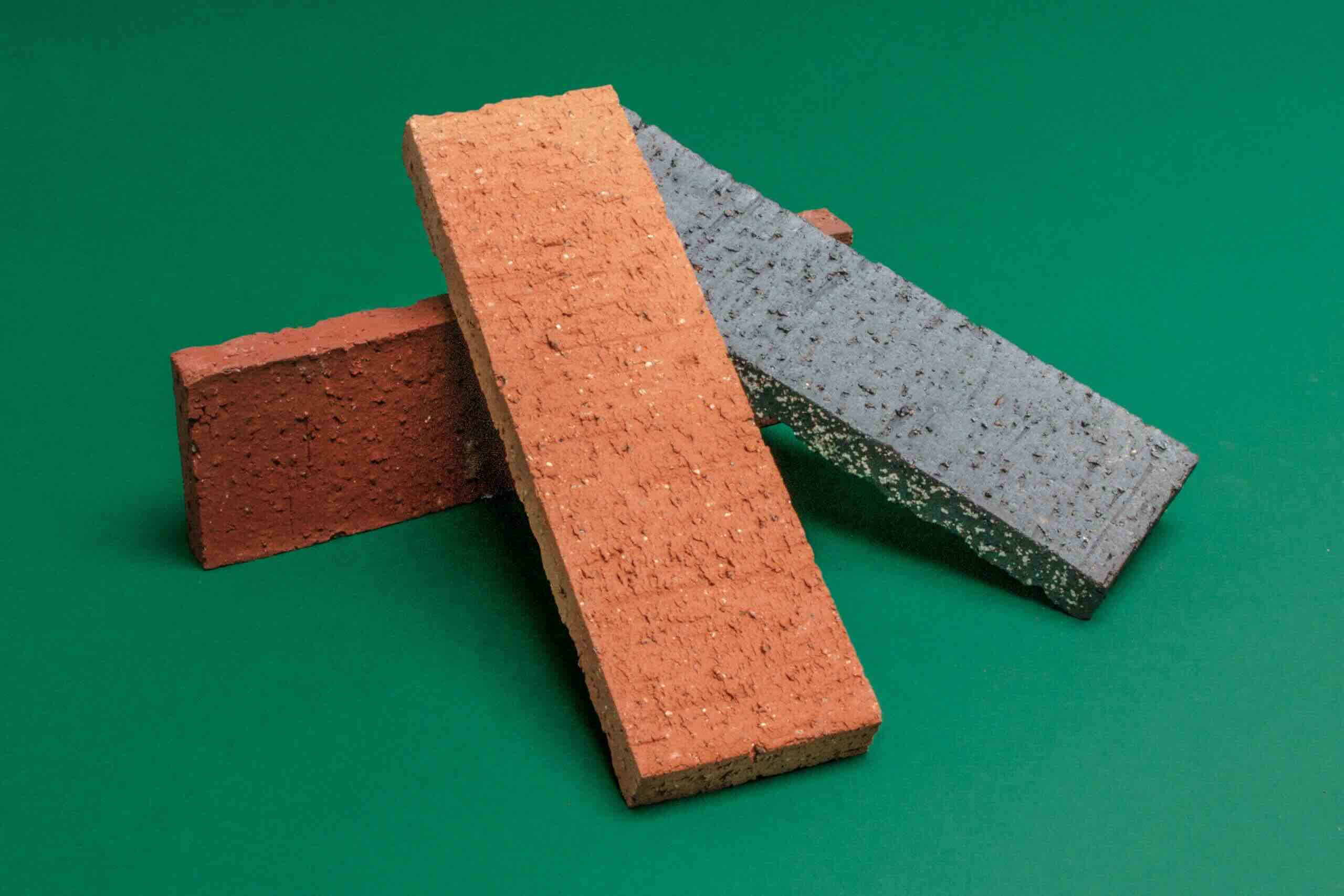
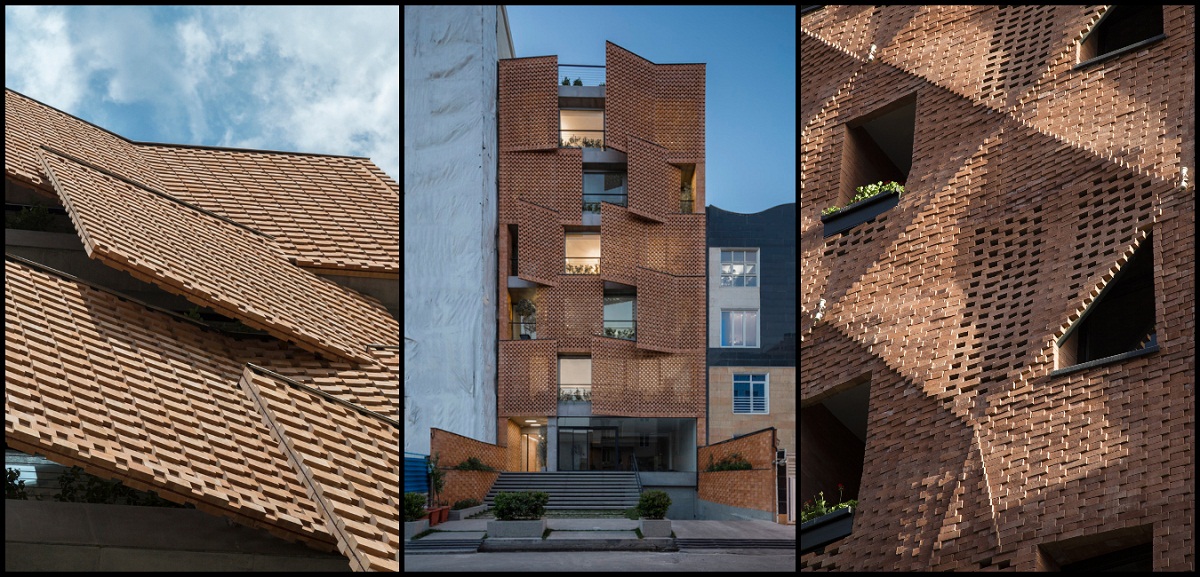

0 thoughts on “What Is The Specific Heat Capacity Of Brick”